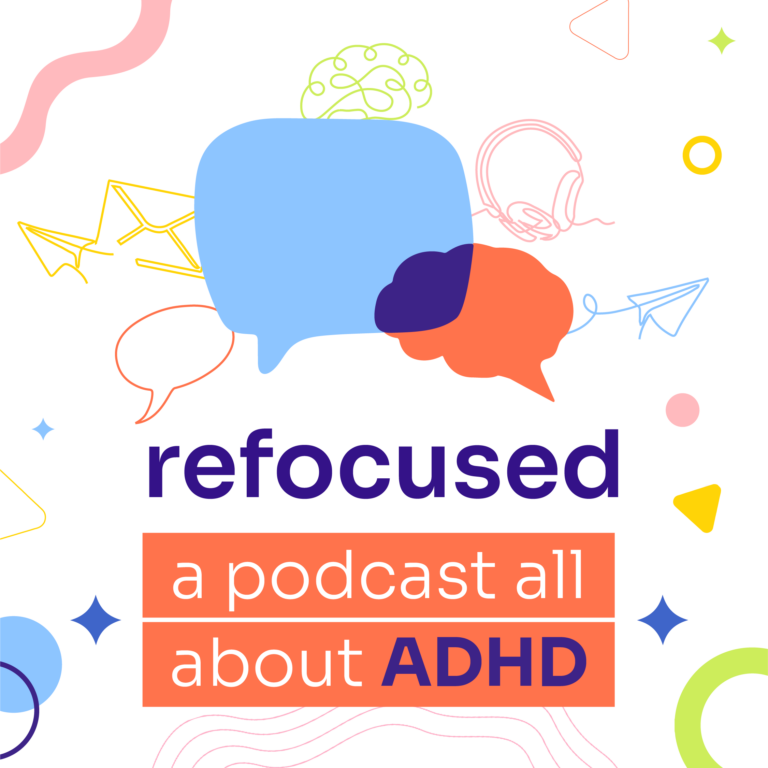
By Elizabeth Weiss
A child with ADHD may thrive during the sunny days of summer but struggle with mood and behavior during the dark, short days of winter. If this scenario sounds familiar, it’s time to consider whether your child suffers from seasonal affective disorder, or SAD.
SAD is more common in adults. But it can also happen in children and teens. And children with ADHD are more susceptible. Parents who recognize the signs of SAD can implement ways to help their child with ADHD cope with both conditions.
The Co-existence of SAD and ADHD
ADHD can be a challenge to manage in children, but the time of year when daylight hours are shorter can bring an additional hurdle.
“Seasonal affective disorder, a type of depression that typically manifests in fall and winter, is believed to be linked to changes in light exposure, affecting melatonin and serotonin levels in the brain,” says Dr. Ryan Sultan, a child psychiatrist, therapist and professor at Columbia University in New York City.
Sultan says research has suggested that children who have ADHD may have a heightened vulnerability to developing SAD. Among the possible reasons:
• Neurochemical links
Experts have associated ADHD and SAD with imbalances in neurotransmitters, or chemical messengers, in the brain. During months with limited sunlight, the production of serotonin — a neurotransmitter — can drop, leading to depressive symptoms. For a child with ADHD, who might already have a delicate neurochemical balance, this further dip in serotonin can trigger or exacerbate SAD.
• Circadian rhythm disruption
Children with ADHD often exhibit disruptions in their circadian rhythms, which are the body’s natural physical and mental changes through a 24-hour cycle. Those disruptions often mean irregular sleep patterns. Reduced light exposure in winter months can further disturb this rhythm. That potentially intensifies both ADHD and SAD symptoms.
• Sensory sensitivities
Children with ADHD often possess heightened sensory sensitivities. The gloomy, less stimulating environment of winter might not provide the necessary sensory input they thrive on. That can heighten restlessness and depressive symptoms.
What Seasonal Affective Disorder Looks Like in Kids with ADHD
It can be difficult to identify SAD in a child who has ADHD because SAD often exacerbates ADHD symptoms that already exist — like inattention, increased impulsivity and emotional instability. Symptoms of SAD and ADHD — like low energy, difficulty concentrating, irritability and changes in sleep patterns — can also overlap, says Carla da Cunha, founder and a psychotherapist at Serengeti Wellness in Chicago.
This intertwining of conditions makes it challenging for parents to distinguish between ADHD and SAD. But the conditions are distinct and do coexist.
“These compounded effects can heighten stress and hinder a child’s ability to cope with everyday challenges, impacting social interactions, school performance and overall well-being,” says Jennifer Worley, clinical director of First Light Recovery in Orange County, Calif.
“As a guardian, it is important that you observe your child’s behavior as the seasons change and be vigilant for signs of SAD, like persistent low mood, loss of interest, or changes in sleep and appetite,” says Worley.
Holistic Ways to Manage SAD for a Child with ADHD
Seasonal Affective Disorder can be a daunting diagnosis since there is no way to change the weather or seasons. Still, there are many easy things to try that can combat the side effects of this temporary condition and the way it affects your child. And all of the actions are good ones for battling ADHD, too.
Along with maintaining open communication with your child that honors their feelings and validates their experiences, da Cunha suggests the following efforts to support your child during SAD-riddled months:
• Maintain a consistent routine
Children with ADHD thrive on structure and predictability, even when school is out. Set clear expectations for chores, homework and bedtime.
• Monitor sleep patterns
Disruptions in sleep patterns can worsen ADHD and SAD symptoms. A consistent sleep schedule and a calming bedtime routine can help your child get enough sleep.
• Encourage physical activity
Even when it’s cold, bundle up for short outdoor adventures or find indoor activities to keep your child active. Physical activity is a natural mood booster.
• Maximize natural light
Open curtains and blinds during the day. Create a well-lit workspace for homework. Exposure to natural light can help alleviate SAD symptoms.
• Eat a nutritious diet
You can improve mood regulation through a diet rich in fruits, vegetables, whole grains, and omega-3 fatty acids found in fish and flax seeds.
• Prioritize mindfulness
Relaxation techniques like deep breathing and yoga help a child manage stress and anxiety.
When to Seek Professional Help for SAD Treatment
A comprehensive approach is often the most effective way to treat both ADHD and SAD, says Sultan. But he also says the interplay between ADHD and SAD in children is a nuanced challenge. Reaching out to experts for support is often the best way to treat a child who lives daily with ADHD and seasonally with SAD. When at-home efforts aren’t helping to combat exacerbated ADHD or SAD alone, consider:
• Light therapy
“This is a common treatment for SAD, given its potential to regulate serotonin levels and reset circadian rhythms,” says Sultan. When sunlight is scarce, use a light box or lamp that mimics natural sunlight to regulate mood. But make sure to follow professional recommendations and instructions for when, where and how long to use it.
• Behavioral therapy
A mental health professional can help your child navigate the combined challenges of both ADHD and SAD with advanced coping mechanisms.
• Medication changes
“Medication adjustments, under the supervision of a psychiatrist, might be necessary to manage coexisting ADHD and SAD symptoms,” says Sultan.
The Acceptance of SAD and ADHD
Christian Miller is a German travel guide with expertise in traveling in Italy. When his youngest child was diagnosed with both ADHD and SAD, he says, “I knew our journey as a family would not be easy. Once the change of seasons started, my child’s behavior immediately shifted. They became more irritable, had trouble focusing and seemed constantly tired.”
Miller’s priority was to educate himself on how to best support his child, which included learning as much as possible about both ADHD and SAD and setting realistic goals.
“Children with ADHD and SAD can easily get discouraged when they feel like they’re not meeting expectations,” says Miller. “I learned to set realistic goals for my child, taking into account their specific challenges and strengths. This helped them stay motivated and build their self-esteem. I make sure to praise their efforts and progress, rather than just the result.”
He also implements some of the activities da Cunha recommends, including incorporating relaxation techniques to achieve calm and physical activity to improve mood and sleep patterns. All of these efforts are worth it for a family that may sometimes feel like they revolve around their child’s diagnosis.
Though SAD is temporary every year, its existence is a real challenge for the person suffering from the condition.
“The existing challenges of ADHD, such as academic struggles or social difficulties, can amplify feelings of hopelessness and sadness that SAD brings,” says Sultan.
The experts’ recommendations: Take time to figure out what your child is experiencing, why they’re experiencing it and what you can do to help.




